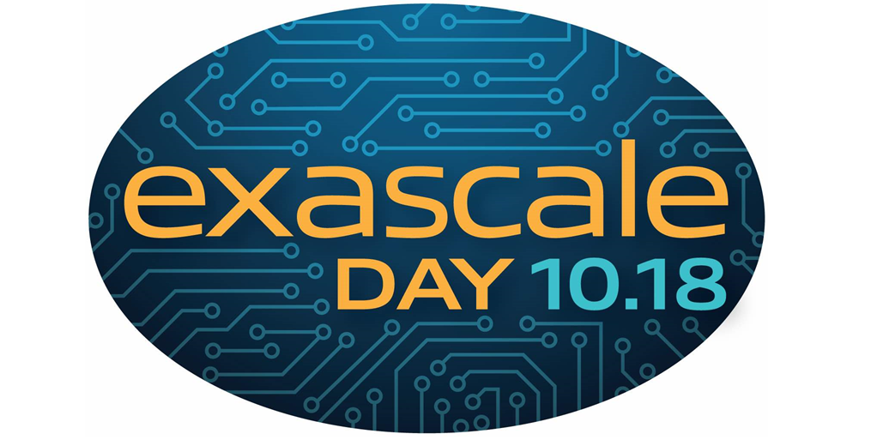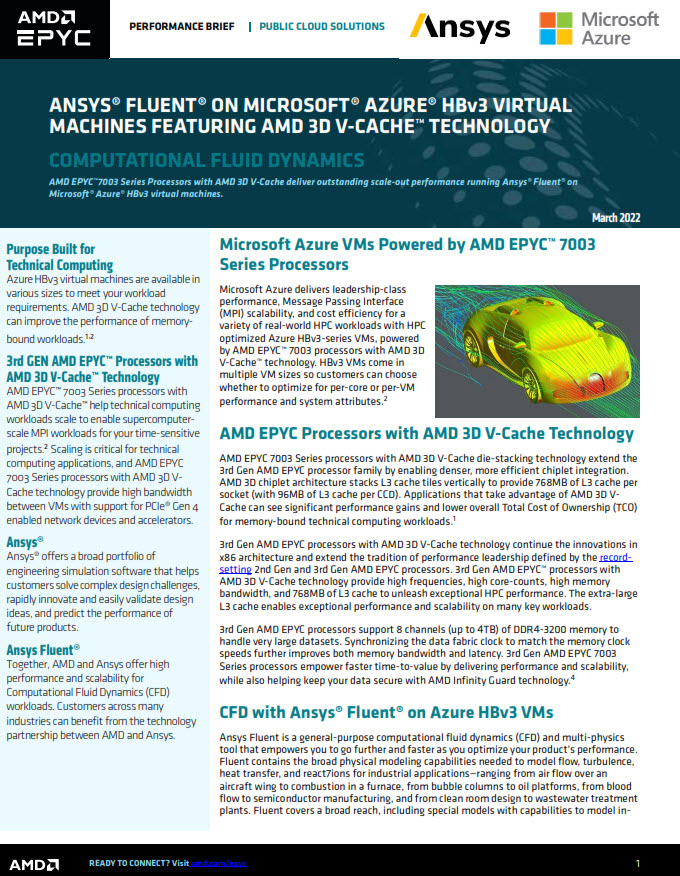In this Chip Chat podcast, Brandon Draeger from Cray describes the unique needs of HPC customers and how new Intel technologies in Cray systems are helping to deliver improved performance and scalability.
The Cray CS500 supercomputer includes standard rack configurations, a variety of cooling options, and a flexible software stack for users who are still investigating HPC deployments or just starting out. The Cray XC50 that is more customizable with higher bin CPUs, accelerators, and custom interconnects as well as deployment support from Cray. Both lines are built to meet the core challenges facing HPC customers today.
More and more, we are seeing the convergence of AI and HPC – users investigating how they can use AI to complement what they are already doing with their HPC workloads. This includes using machine and deep learning to analyze results from a simulation, or using AI techniques to steer where to take a simulation on the fly.
One of the 2nd Generation Intel Xeon Scalable processor features that Brandon is excited about is Intel Deep Learning Boost, which accelerates deep learning inference performance. Cray sees this as benefitting customers like those working with cryo-microscopy – taking hundreds of thousands of images at the structural level to test things like new drug treatments. Cryo-microscopy consumes a lot of memory, but is boosted by the improved DL inference performance.
Brandon finishes his visit by discussing the upcoming Aurora exascale class system targeted for delivery to Argonne National Lab in 2021. It will feature future Intel technologies, as well as the Cray Shasta architecture to tackle the most mind-boggling human challenges.





